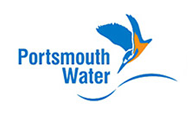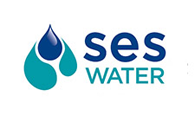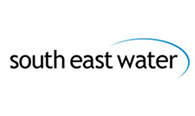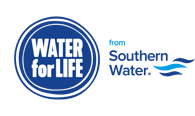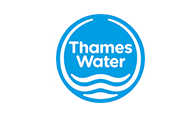What is WRSE?
WRSE is an alliance of the six water companies that cover the South East region of England. Our aim is to secure the water supply for future generations through a collaborative, regional approach to managing water resources.
Developing a regional resilience plan for all users of water is central to our activities. This plan will be used as a blueprint for water supply investment by each water company in the region – so we can provide an affordable, resilient and sustainable water supply that delivers for the public, industry and the natural environment for years to come.
You can also check the map below to see what's going on near you to safeguard future water supplies.


